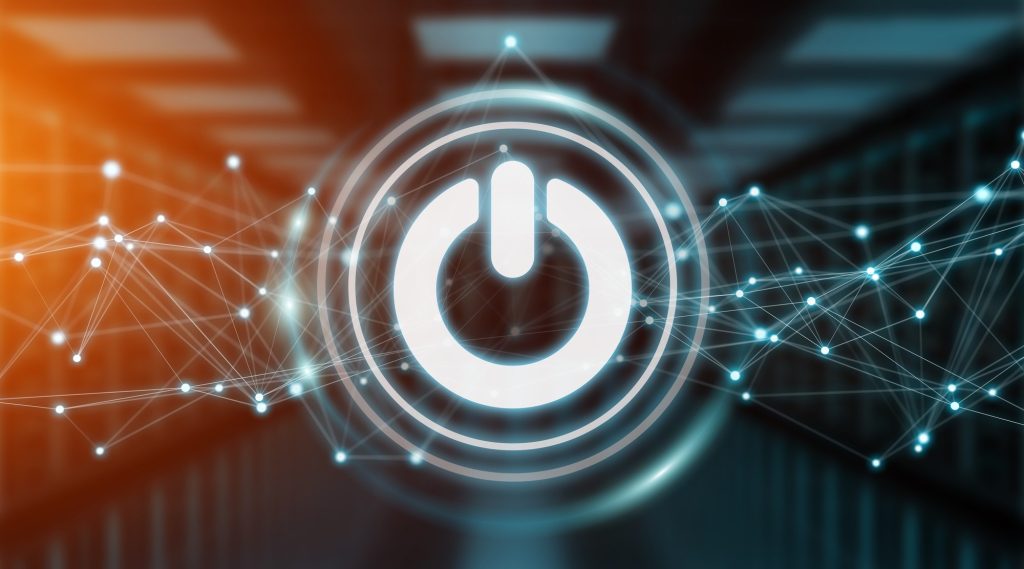- July 28, 2022
- Catagory business continuity
Why any data-driven business needs a UPS
We often talk about how data is the lifeblood of every business, but it’s not much use without power. That’s why any disaster recovery plan should include the use of an uninterruptable power supply (UPS).
Regardless of why there there’s a power loss, be it natural disaster, a localized outage, or a wider electricity grid failure, you need to keep mission critical systems up and running as best you can.

Having a UPS in place assumes your primary facility is still operational – depending on the natural disaster, your primary location could be physically damaged by fire or flood, for example. But if it is undamaged aside from a power outage, having a UPS kick in immediately for mission critical systems enables business continuity with little disruption to your customers.
Bear in mind that a UPS is not a standby generator or an auxiliary power system – it’s a battery-based device that will deliver provide near-instantaneous power as soon as an outage of the primary power source is detected. No matter how extreme the disruption, a UPS will provide a constant, consistent stream of energy. It will also compensate for other power-related issues such as voltage surges, spikes and sags, and any frequency differences – having a UPS in place all about maintaining stability during a disruption.
That being said, it may not be feasible to keep all systems running with a UPS, so your disaster recovery plan should outline which systems need to be maintained in the event of a power outage. If you’re a healthcare provider, for example, you’ll want to focus on powering the systems essential for delivering critical care in a hospital – having reliable power becomes a matter of life or death.
A healthcare facility is much like a data center, and even if you’re leveraging cloud computing for applications and data storage, any business regardless of its focus still has some on-premises IT infrastructure that needs to keep running, including network gear to connect to those cloud services. Ideally, any primary power outage is temporary and will enable you to continue core operations until the issue is resolved. Worst case scenario, you’ve bought time to figure out what your longer-term strategy will be if the nature of the interruption is especially serious and not expected to be resolved quickly, which can be the case with weather-related disasters.
If you’ve not included a UPS in your data protection and disaster recovery planning and you’re not sure how to best configure one, consult your managed service provider. Given their uptime commitments, they understand the need for uninterruptable power supply if they are to meet their Service Level Agreements (SLAs) with their customers.
Your managed service provider can help you map out where best to deploy a UPS and prioritize what systems must stay on at all costs – reliability and redundancy are their reasons for being. They can also help you refresh and update your disaster recovery plan to ensure business continuity in the event of a power outage.
As much as data is the lifeblood of business, there’s no pulse without power. And remember, it’s just a matter of when a major disruption occurs, not if, whether it’s bad weather that causes a power outage or a problem with the local grid. Having a UPS is essential if you’re to restore data and applications without any noticeable interruptions to key business functions.




 Latest Blogs
Latest Blogs FAQ
FAQ